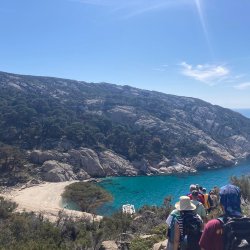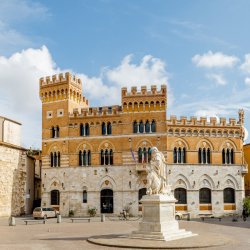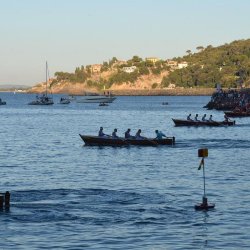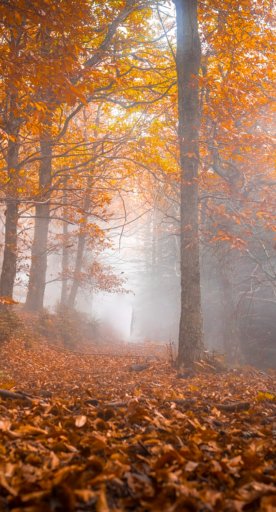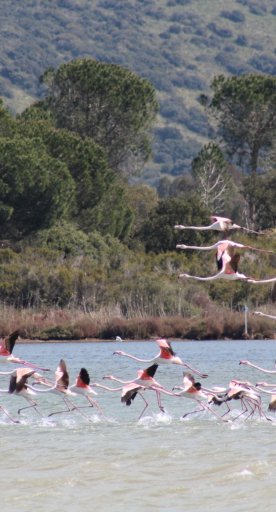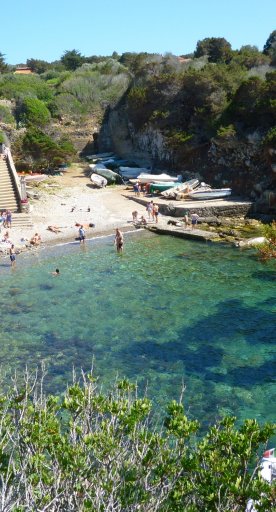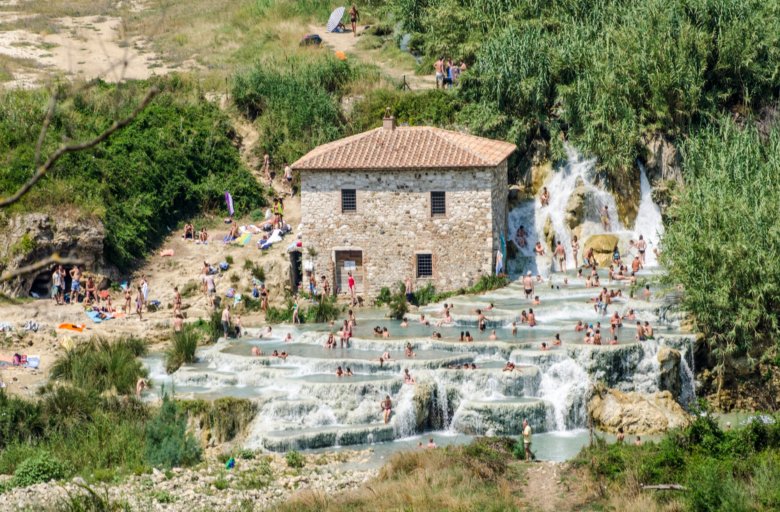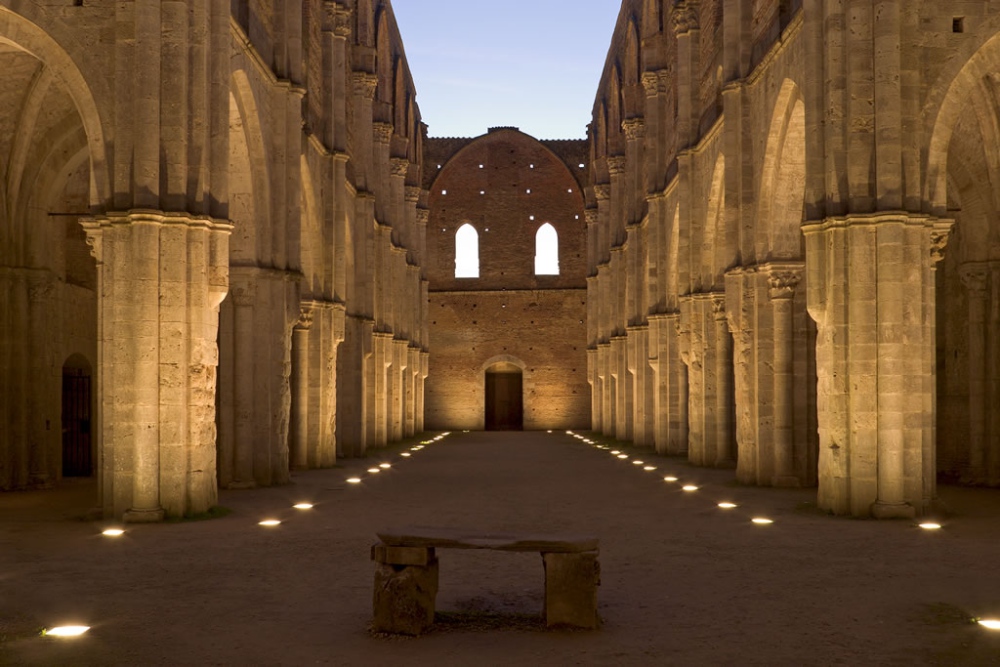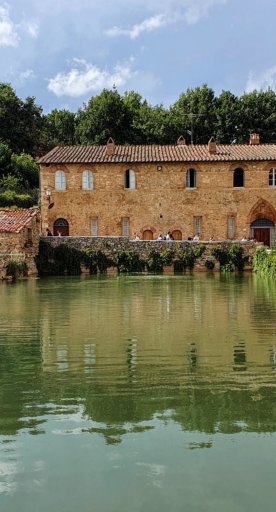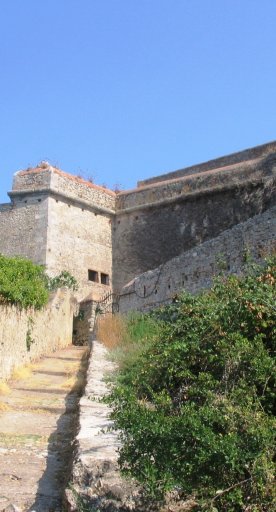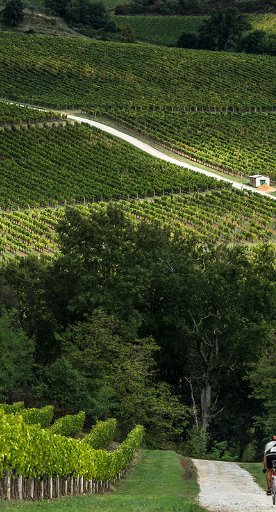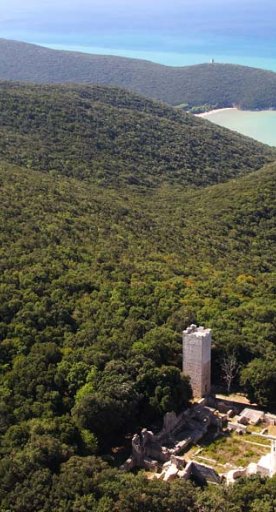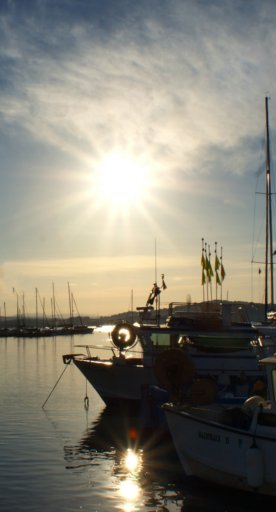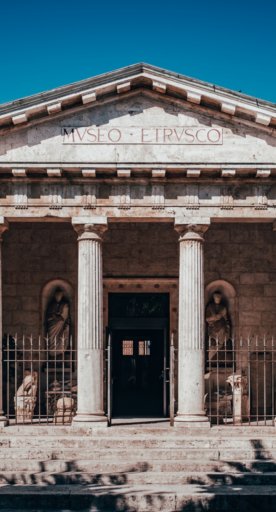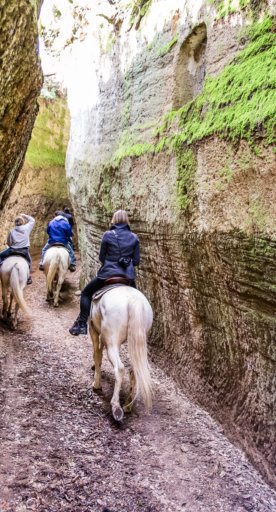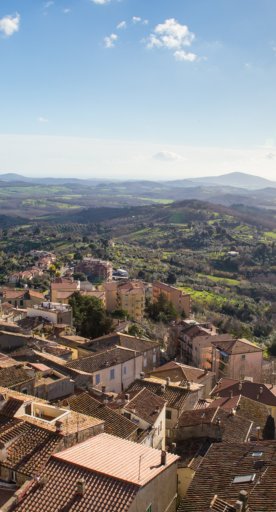

The most beautiful beaches of Monte Argentario
Untouched wilderness to be discovered and clear waters for unforgettable dives
Immersed in uncontaminated nature, slow rhythms, hidden coves and history traces, the Argentario is a surprise with its beautiful colors and quiet beaches.
Walking down paths, lanes and dirt roads, you can reach coves, guardians of precious Roman artifacts, marvelous cliffs and secluded coves where you can find refuge during the high season.
Here is a selection of the most fascinating beaches of Monte Argentario!
-
1.Feniglia Dune
-
2.Giannella
-
3.Bagni di Domiziano (Domiziano Baths)
-
4.Cala Grande (Great Cove)
-
5.Acqua Dolce (Sweet Water)
-
6.Cala del Gesso (Chalk Cove)
-
7.Pilette (Piles)
-
8.Spiaggia Lunga (Long Beach)
-
9.Bionda (Blonde)
-
10.Caletta (Cave)
Feniglia Dune

A fine sandy beach between the lagoon of Orbetello and the Tyrrhenian Sea connecting the Argentario promontory near Porto Ercole with the hill of Ansedonia.
With shallow and safe waters, it is also very suitable for children.
Behind the beach is also a cool pinewood, part of the Duna Feniglia Nature Reserve, an oasis for those who love nature and its beauty.
Giannella
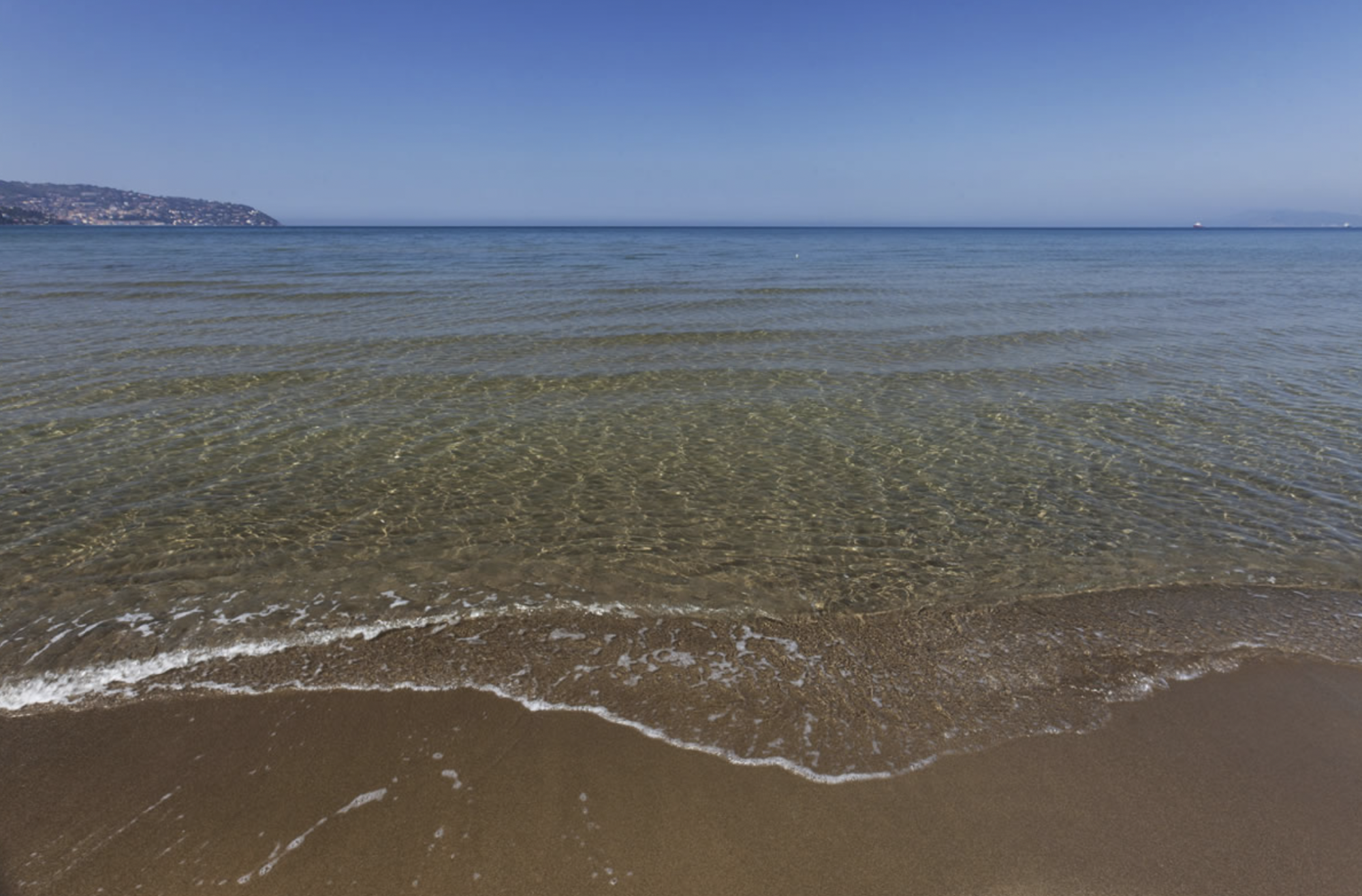
Immaculate sand, crystal waters and shallow depths: one of the most popular beaches, also for families with children.
It is located in the part that separates the sea from the Ponente Lagoon and is characterized by the dense Mediterranean scrub that separates it from the main road.
Up to 8 kilometers of coastline can be enjoyed between walks, romantic sunsets and games on the shore.
Bagni di Domiziano (Domiziano Baths)

A small cove that hides the remains of one of the cetaria tanks - used for fish farming - called Le Domiziane (The Domitians), named after the family of the ancient Roman villa that belonged, among others, also to Emperor Nero.
The seabed is rich in Posidonia, a rare ecosystem found in only two other areas in Italy; the beach is mostly sandy.
Cala Grande (Great Cove)
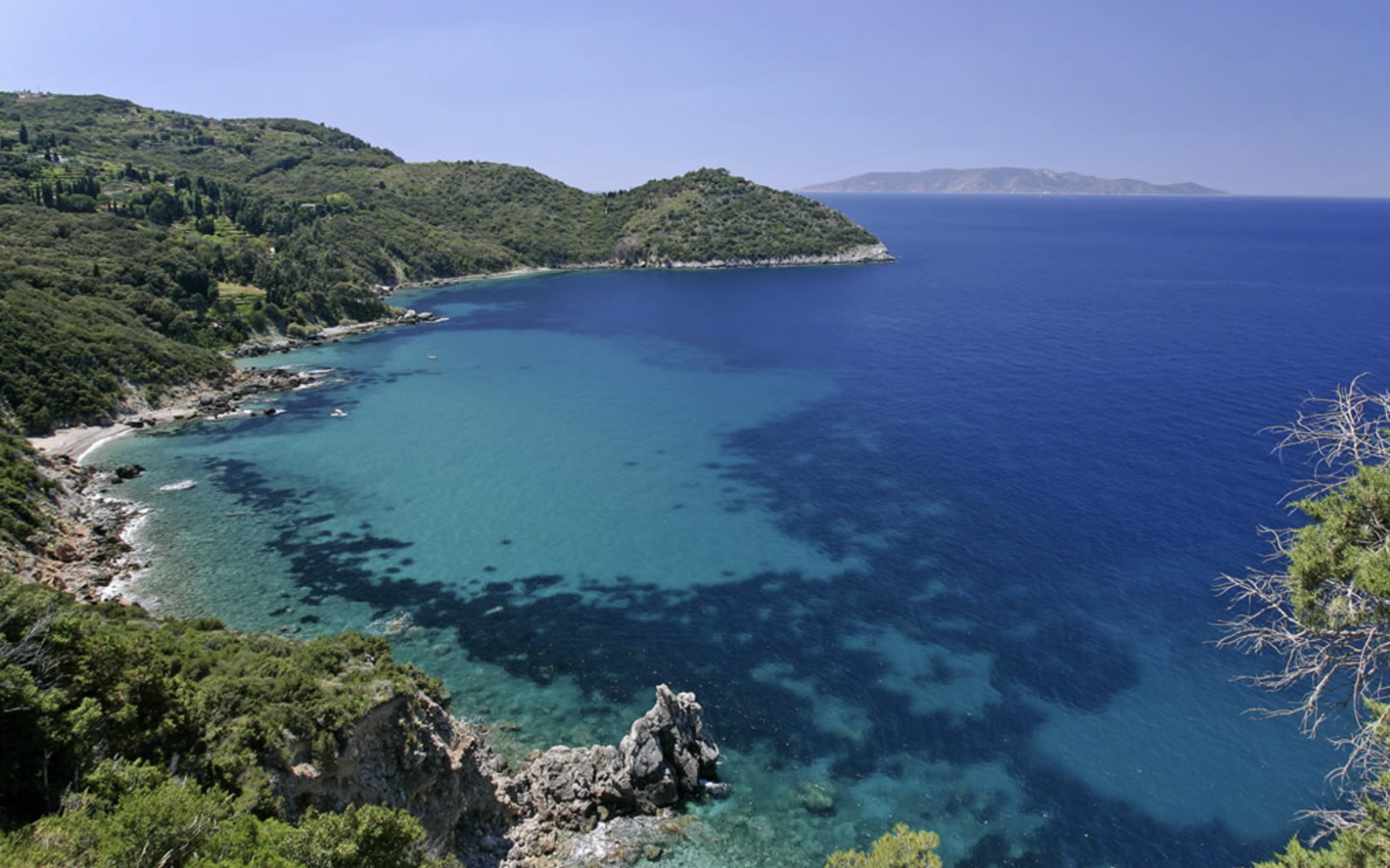
As the name suggests, this is the widest cove in Argentario: the tower built to protect it was called the Torre di Poggio de'Porri, named after the hill where it was built and where wild garlic grows.
It is a pebble beach with a sandy bottom rich in Posidonia.
Acqua Dolce (Sweet Water)
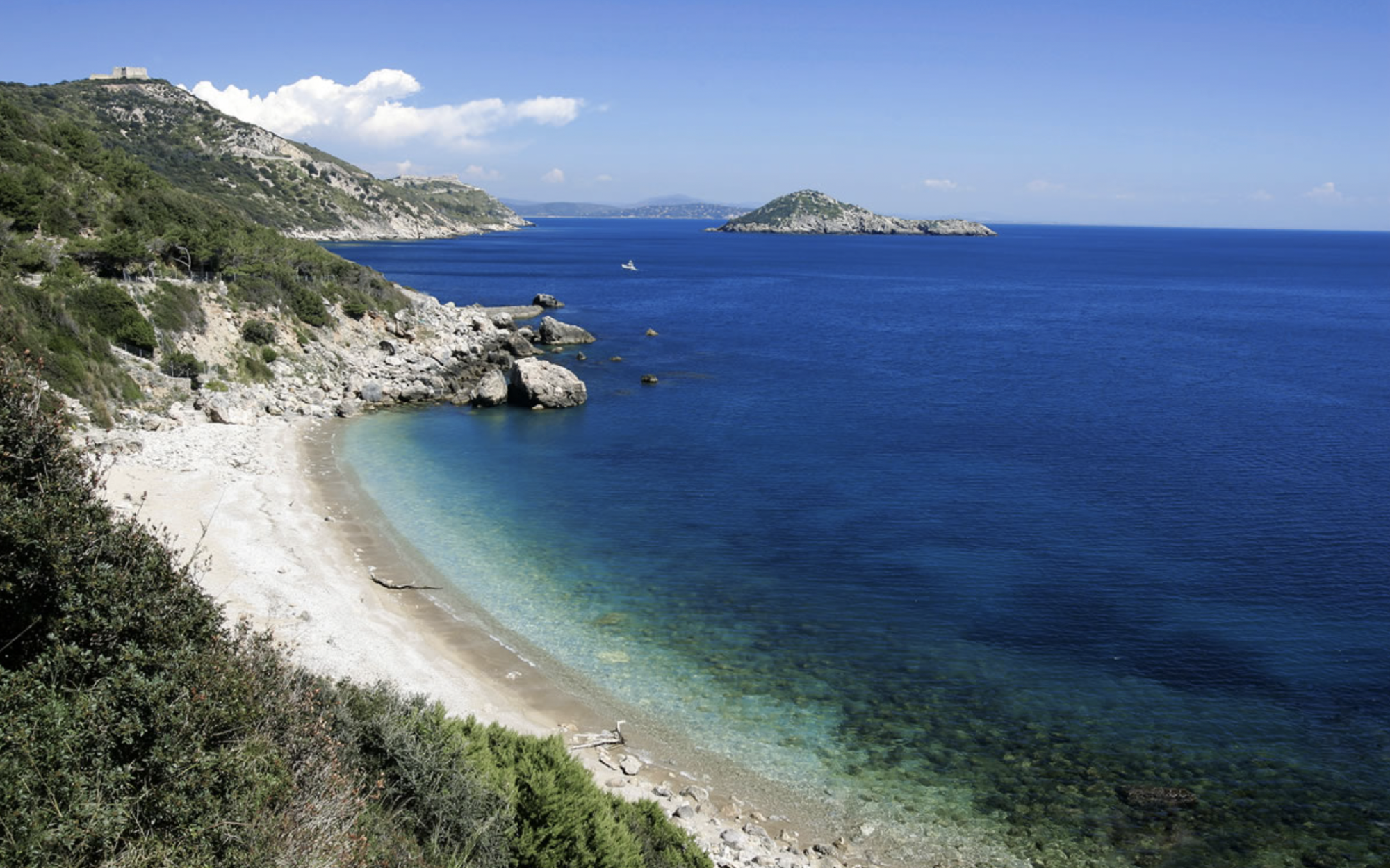
It is one of the residents' favorite beaches. Its name, in contrast to the water touching the coast, comes from the presence, in the past, of seven small freshwater streams where bathers could refresh and drink fresh water.
The beach is mostly sandy with small pebbles, while the seabed has several submerged rocks.
Cala del Gesso (Chalk Cove)

Chalk quarries that were active in this area in the past left the name of this cove, located on the promontory's western side.
Near the cove is a small island that hides an underwater cave called the Grotta delle Pumadorine - “cherry tomatoes” in the local dialect - because the lobsters that covered the vault at first glance resembled the cherry tomatoes that peasants used to hang from the ceiling.
The beach is mostly pebbles, and the seabed has submerged rocks.
Pilette (Piles)
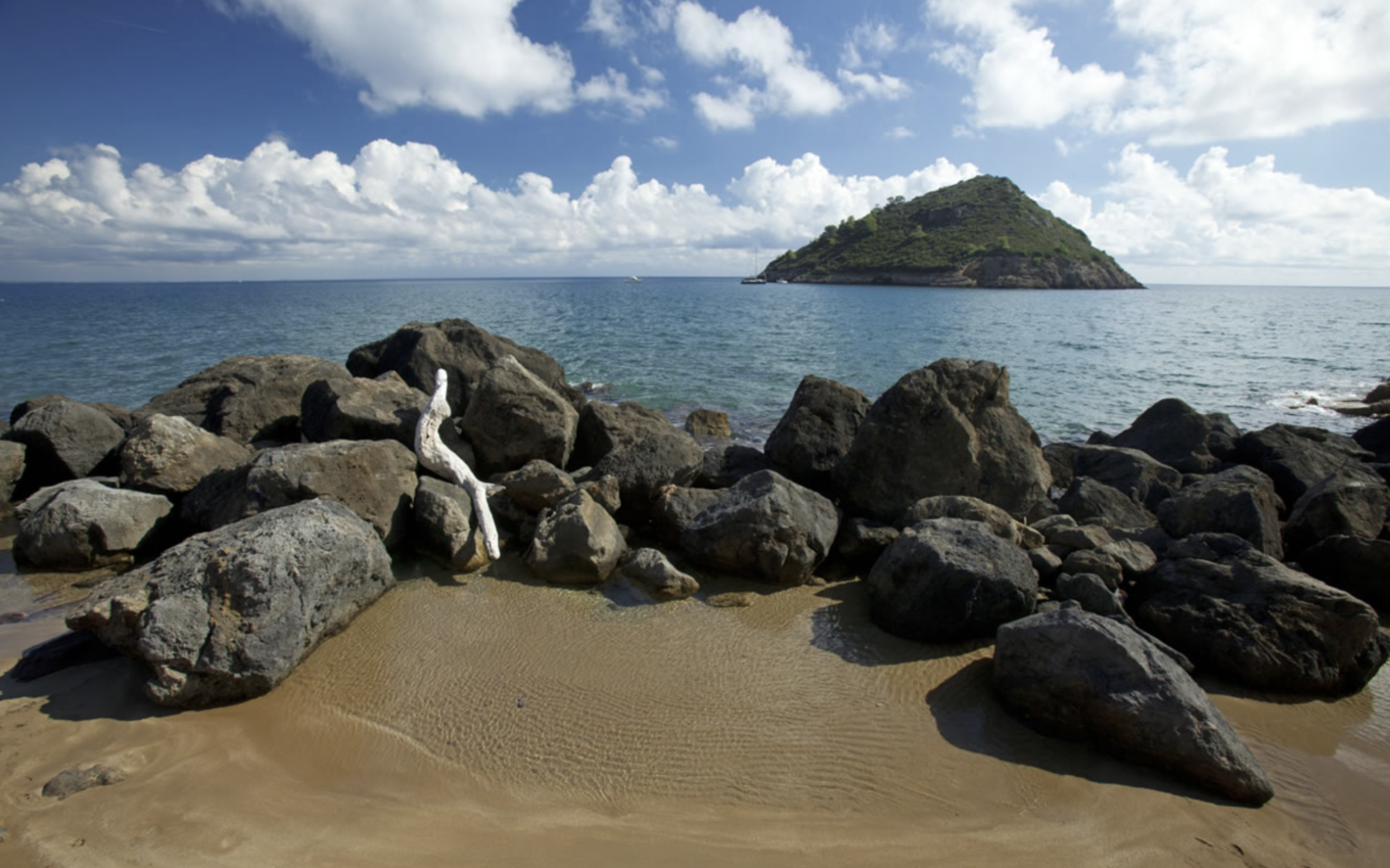
A small beach with a small natural pool protected by rocks.
Locals say it resembles the piles (pilette) where women washed their clothes, hence the name.
Very suitable for children who can bathe safely in the protected pool area.
Spiaggia Lunga (Long Beach)
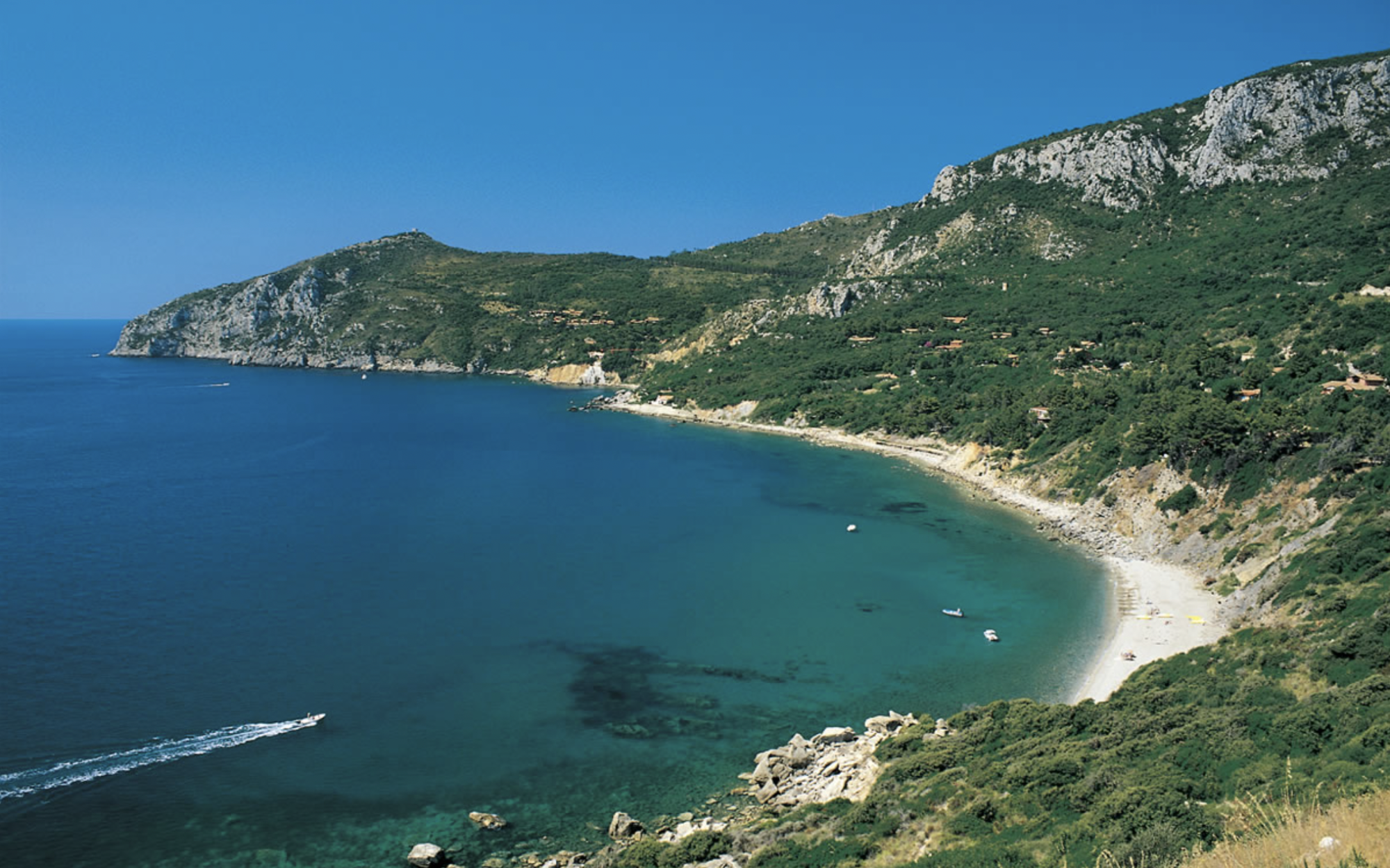
A beautiful beach site with golden sand, it has one of the most marvelous waters on the south side of the Argentario: shiny pebbles form the coarse sediment.
It is said to have been a popular landing place for the pirate crews that haunted the waters of the Argentario.
Bionda (Blonde)
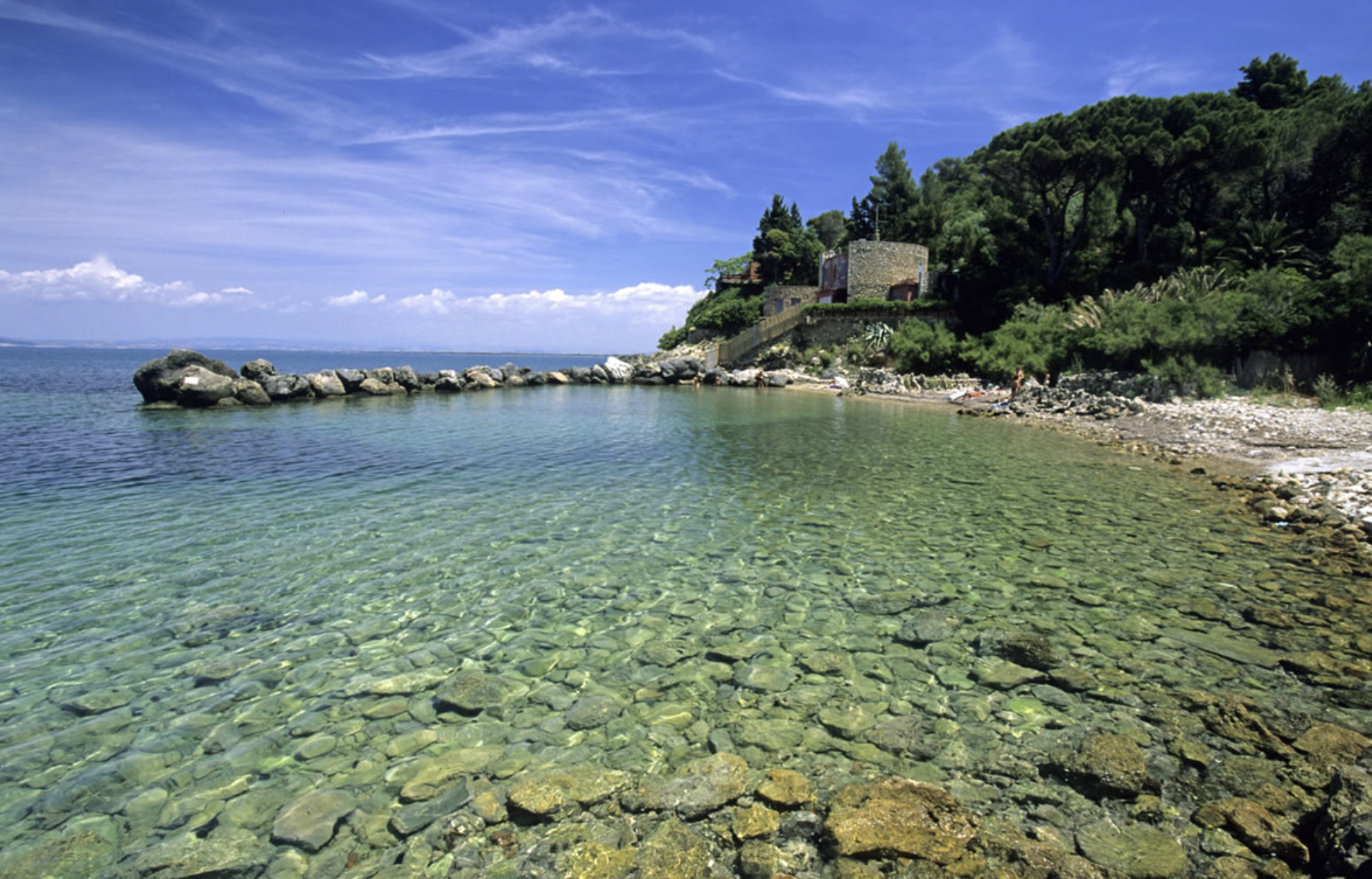
This small cove, a few kilometers from Porto S. Stefano, was initially called Cala dei Tonni (Tuna Cave) because of the remains of a tuna fishery owned by a wealthy Roman family.
Today, it is known as La Bionda (The Blonde), a name that, according to locals, is linked to an unforgettable female presence in one of the villas built in the middle of the last century.
The beach is made mainly of pebbles and protected by a reef that ensures a calm sea even when the north wind blows.
Caletta (Cave)

The first bathers of Porto S. Stefano knew and hung around this area because it was here that the first beach resorts were located, including cafés and restaurants, a large platform, a dance hall with a piano, game rooms and changing rooms.
Today, the beach is still equipped and accessible to people with disabilities.
